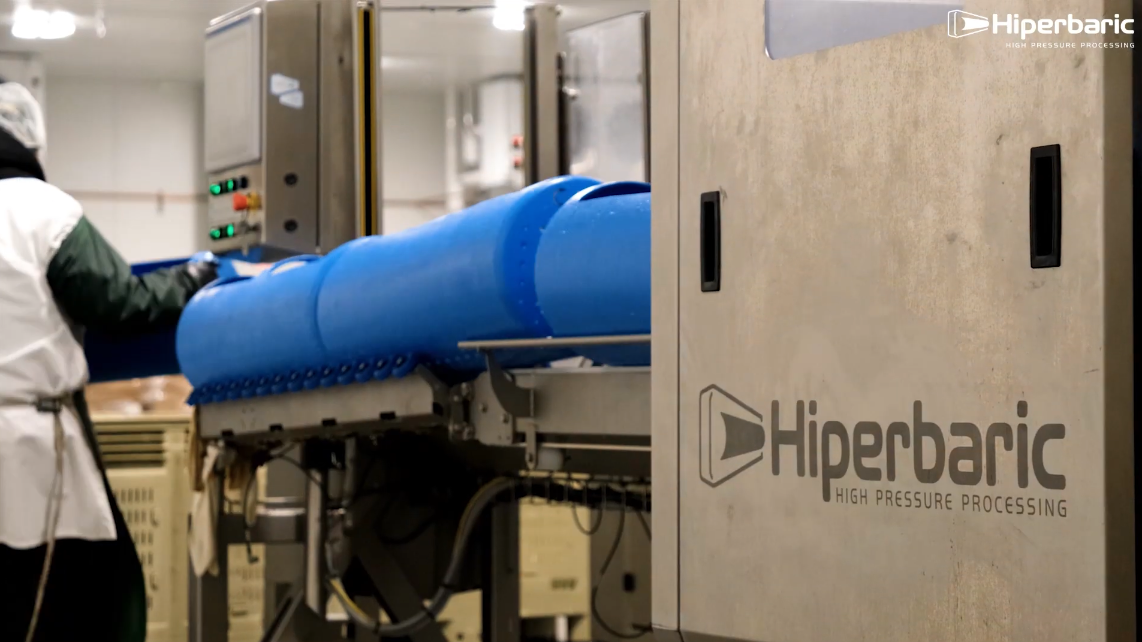Keeping Your Pet Safe During the Super Bowl

A few things about a Super Bowl party are downright dangerous for dogs. Here are some tips to keep your pet safe for the upcoming game.
Steve’s High Pressure Technology
https://www.youtube.com/watch?v=PYpIfBYkJqE&loop=1 Please click the link below for more details about our HPT decision and test results. Do you want more information on the HPT Study?
Steve’s Real Food’s Study of High-Pressure Processing on Raw Meat Diets

For two years, Steve’s Real Food has conducted both internal research and sought out outside sources to fully understand the best practices within this process and its effect on the food.

